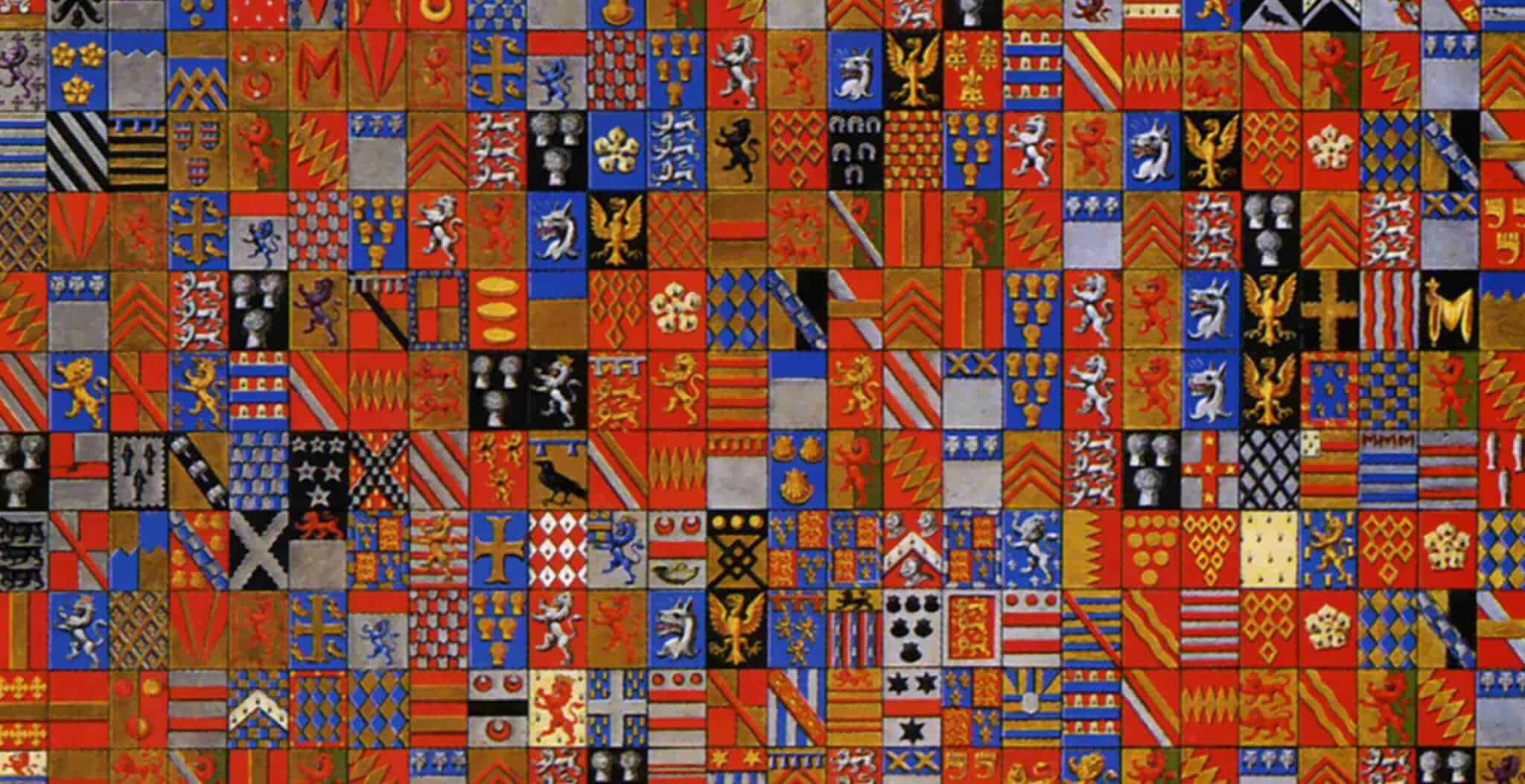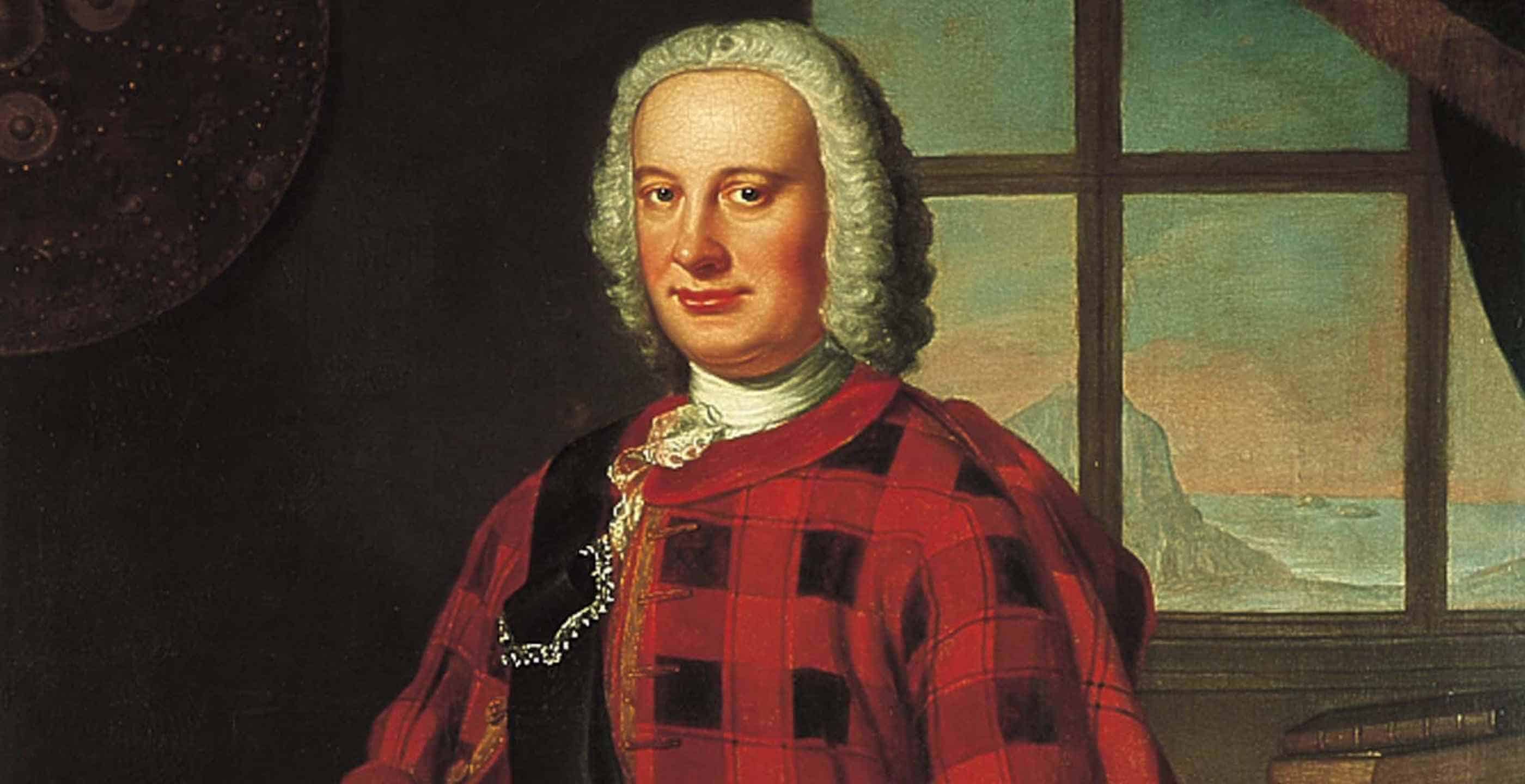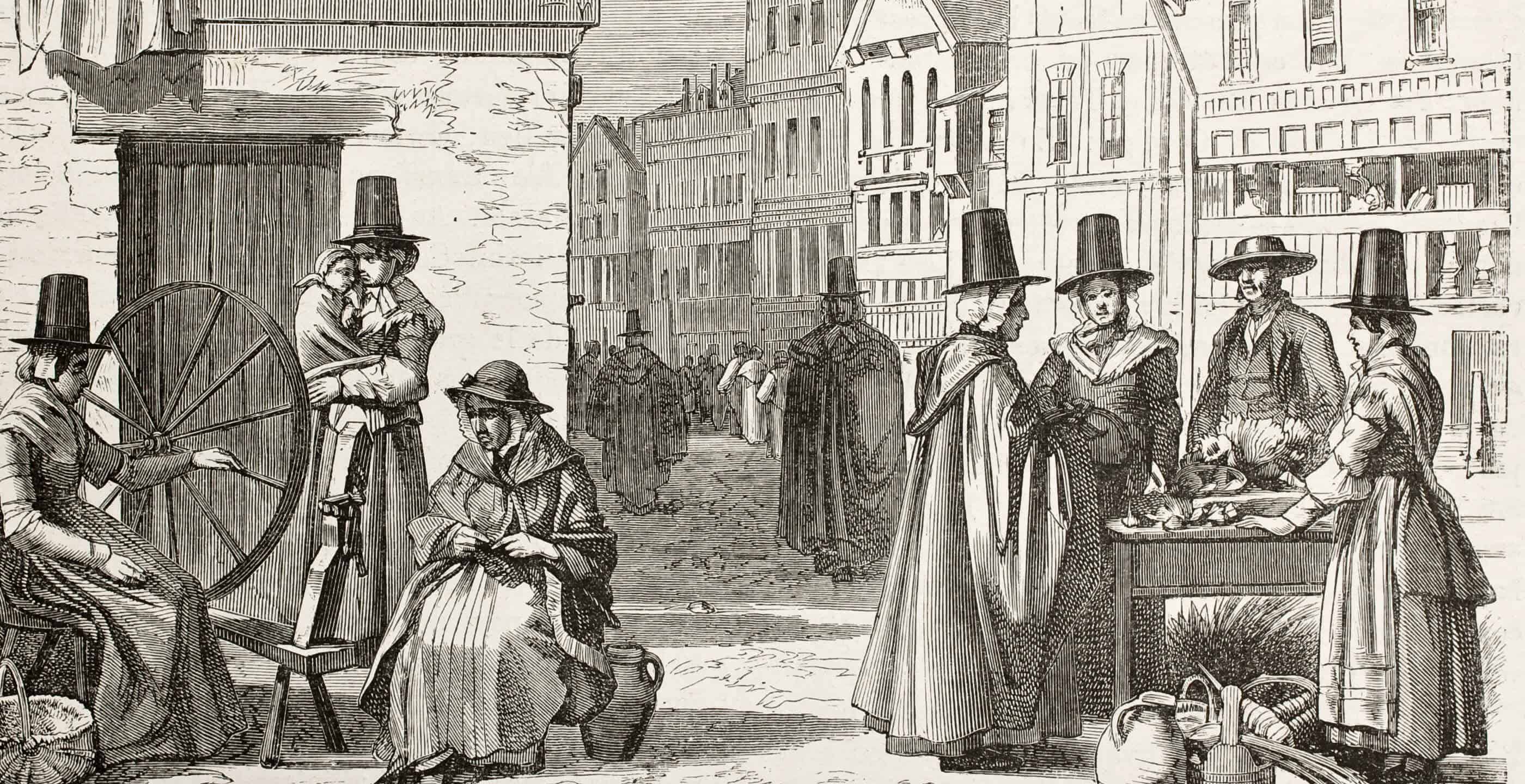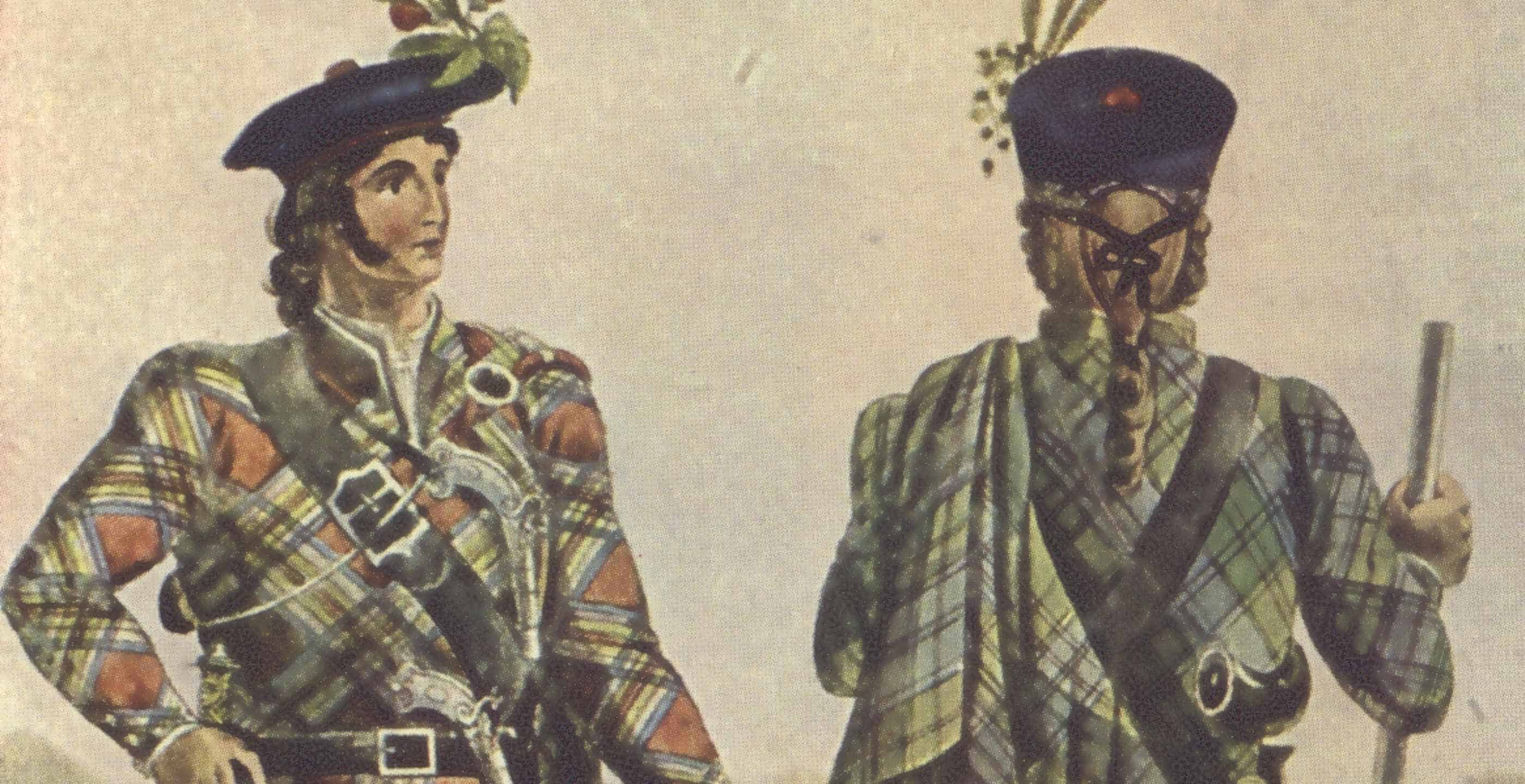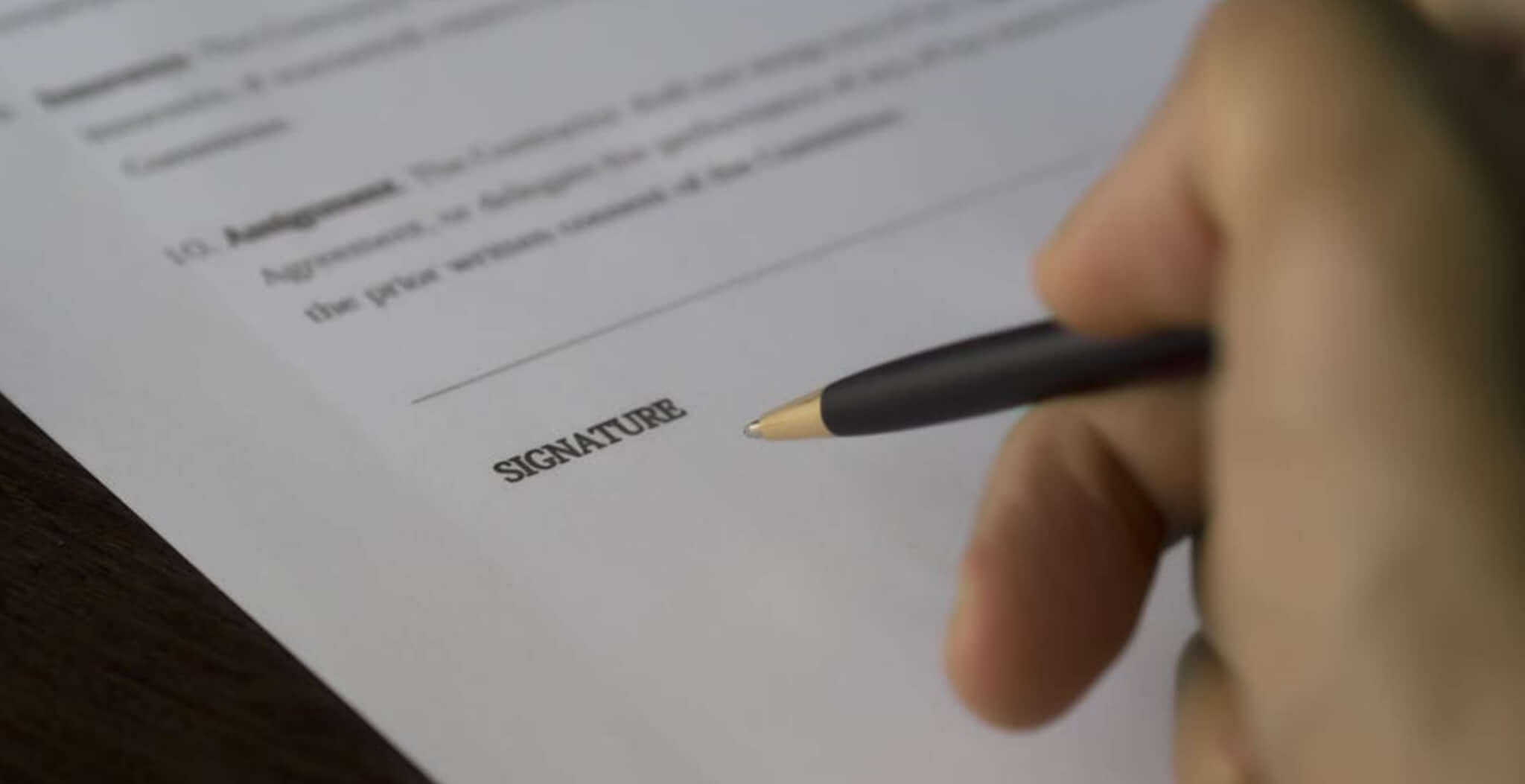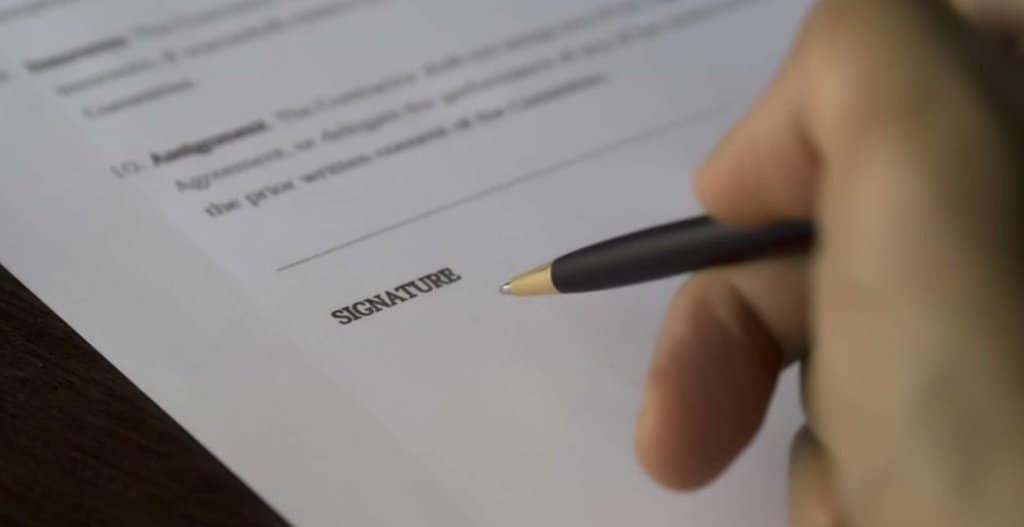Coats of arms, those colourful trappings of medieval chivalry, are still very much part of our modern world and those with an interest in family history very often find them increasingly alluring, if mysterious. Shrouded in obscure terminology and arcane meanings, they are as confusing as they are colourful. Here, we seek to shed some light on these mysteries for the beginner, explaining some of the terms used and use the history of heraldry to explain how the system works in the present day.
A coat of arms is a hereditary device, borne upon a shield, and devised according to a recognised system. This system was developed in northern Europe in the mid-12th century for the purpose of identification and was very widely adopted by kings, princes, knights and other major power holders throughout western Europe. The shield is the heart of the system.
Other elements include the crest, which refers specifically to the three-dimensional device borne on top of a helmet; this is nearly always shown resting on a horizontal wreath made up of two differently coloured skeins of silk, twisted together. To either side of the helmet, and behind it, hangs the mantling, a cloth worn to shade the helmet from the sun. It is shown much ripped and slashed, as naturally any self-respecting knight would have seen much action.
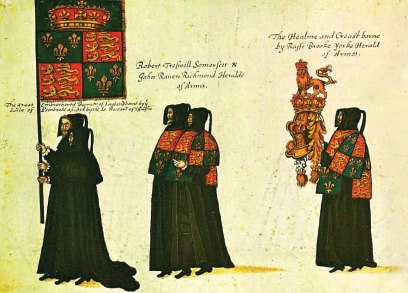
The funeral procession of Elizabeth I of England, 1603, depicting the procession of some of the heralds of the College of Arms.
Below the shield, or above the crest, is displayed the motto, a later development. The ensemble of shield, helmet, crest, wreath, mantling and motto, when shown together, are known as the full achievement; but it is very common to find only the shield, or just crest and wreath, or crest, wreath and motto, displayed alone. No family can have a crest unless it also has a shield.
Coats of arms, then, were adopted for the practical purpose of identification by those who participated in warfare at a high level. These European nobles were also during the 12th century becoming increasingly enthusiastic participants in tournaments, the rich man’s sport par excellence at the time. It was perhaps akin to power-boat racing today: very dangerous and expensive, hugely glamorous and essentially international.
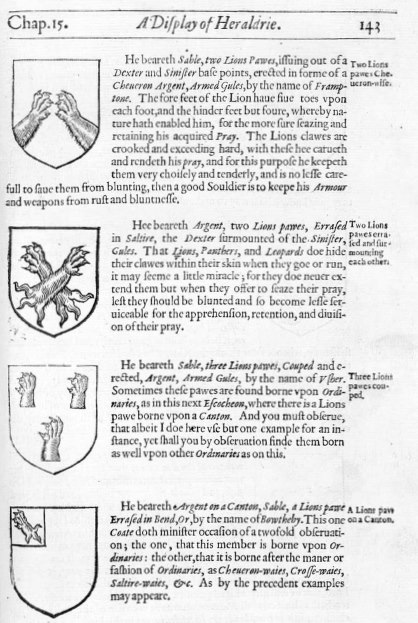
Heraldrie, an early text explaining the system of heraldry, written by John Grullin and published in 1611.
The coat of arms was a necessary part of the tournament as it enabled participants and spectators to identify those who performed well.
Heraldic devices were the perfect status symbol, communicating the bearer’s wealth as well as his chivalric prowess. It was the role of the herald to know, recognise and record these coats of arms, and in time they would come to regulate and grant them.
These heraldic devices were also significant because they were inheritable. They passed from father to son, as did lands and titles, and thus could serve as identifiers of specific lineages as well as of individuals. Different members of the same family could be distinguished by the addition of small devices or charges to the shield.
Does your family have a coat of arms?
One popular misconception is that there can be a ‘coat of arms for a surname’. Since they are specific to individuals and their descendants we can immediately see that there can be no coat of arms for a family name in general.
Instead, arms only pass in the legitimate male line from parent to child.
However, if we are seeking to discover whether a particular person has a coat of arms, we need first to develop a good understanding of that person’s male line ancestry. Only such ancestors could have acquired a right to a coat of arms.
Once a good knowledge of these ancestors has been gained, it is possible to search for indications that they had a coat of arms. Such searches might be in published sources like the numerous heraldic books published over the years in many languages or in manuscript collections held by record offices.
In countries where there is a heraldic authority, which include the United Kingdom, Canada, Australia, New Zealand and South Africa, searches need to be carried out in the official records of grants and confirmations of arms. Research in the records of the College of Arms, the Court of Lord Lyon or other authorities would reveal whether an ancestor was officially recognised as having arms.
This article was originally written for Your Family History magazine.
